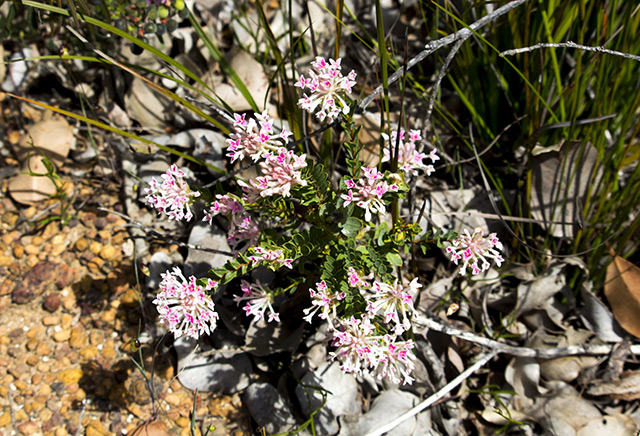Naturally treat your pain with asafetida
01/18/2019 / By Ellaine Castillo

One thing that pathological conditions like wounds and trauma have in common is that they often cause pain. This uncomfortable sensation often goes hand-in-hand with inflammation, which is why it poses a significant challenge in disease treatment. Although there are many conventional pain relievers available, these have adverse side effects so they must be taken with caution. Different plant products have great potential as alternatives to these toxic medications since they contain bioactive compounds with antinociceptive and anti-inflammatory properties.
Indian foods are famous for their unique taste and smell brought about by many ingredients such as turmeric, cumin seeds, and the lesser known spice called asafetida. The latter is an oleo gum resin derived from plants under the Ferula genus, and unlike other Indian spices, it is yet to find its way into the mainstream market. The use of asafetida goes beyond the kitchen since practitioners of traditional medicine in Iran also use it as a remedy for muscle spasms, helminth infections, flatulence, and pain. It also exhibits potent activity against free radicals, convulsions, cancer, obesity, diabetes, Leishmania, and dementia. These medicinal properties are not possible without the presence of glucuronic acid, galactose, arabinose, and rhamnose in the gum fraction and the umbelliferone, ferulic acid, and terpenoids in the resin.
In this study, which was published in the Journal of Evidence-Based Complementary & Alternative Medicine, the researchers conducted in vivo experiments in male albino mice. The researchers administered the test subjects with different concentrations of asafetida and subjected them to the hot-plate and acetic acid-induced writhing test to determine antinociceptive activity. They also co-administered the mice with antagonists to determine potential mechanisms of action of this spice. From these tests, the team observed that asafetida is most effective as a pain reliever at a dose of 10 mg/kg. Antinociceptive activity was also unaffected by the presence of antagonists, which means that they don’t act on the same receptors. Based on this, the researchers hypothesized that asafetida works by modulating pain pathways in the peripheral and central nervous system.
To determine anti-inflammatory activity, the researchers induced edema in the paws of the mice using carrageenin and compared the weight of the paws of treated and untreated mice. They observed a significant reduction in inflammation due to asafetida treatment, but this effect was only observed when a dose of 2.5 mg/kg was administered.
Overall, these results show that asafetida has antinociceptive and anti-inflammatory activities. With further studies, this spice can be used as a natural remedy for toxic painkillers available on the market. (Related: Is acetaminophen the most dangerous OTC pain reliever of all?)
Other health benefits of asafetida
There are many other health benefits associated with asafetida. These include the following:
- Improves skin properties — Topical application of asafetida has many benefits on your skin such as reducing wrinkles and dark spots, preventing acne, and reversing dryness. To maximize these benefits, you can combine it with other ingredients to make a face mask. For example, those who want to lighten their skin can mix asafetida with tomato juice and sugar before applying it. Meanwhile, people who suffer from dry skin can mix it with milk, rose water, and honey to make a hydrating face mask.
- Promotes good digestion — Taking asafetida can help you get rid of toxins that interfere with digestion and cause problems like constipation.
- Boosts mood — If you’re feeling down or if you’re suffering from depression, then you can benefit from taking asafetida. This herb increases the production of happy hormones like serotonin while inhibiting stress hormones such as adrenaline.
- Reducing the risk of heart disease — Asafetida doesn’t just improve digestion, it also promotes fat metabolism so that cholesterol doesn’t build up in the body. As a result of reduced cholesterol levels, the risk of heart disease is also lowered.
For more articles about natural remedies for pain and inflammation, visit NaturalHealth.news.
Sources include:
Tagged Under: analgesic, anti-inflammatory, antinociceptive, Asafetida, Cures, Ferula, herbal remedies, inflammation, Iranian folk medicine, natural cures, natural medicine, natural pain reliever, natural remedies, oleo gum resin, pain, plant medicine, remedies
RECENT NEWS & ARTICLES
Herbs.News is a fact-based public education website published by Herbs News Features, LLC.
All content copyright © 2018 by Herbs News Features, LLC.
Contact Us with Tips or Corrections
All trademarks, registered trademarks and servicemarks mentioned on this site are the property of their respective owners.




















